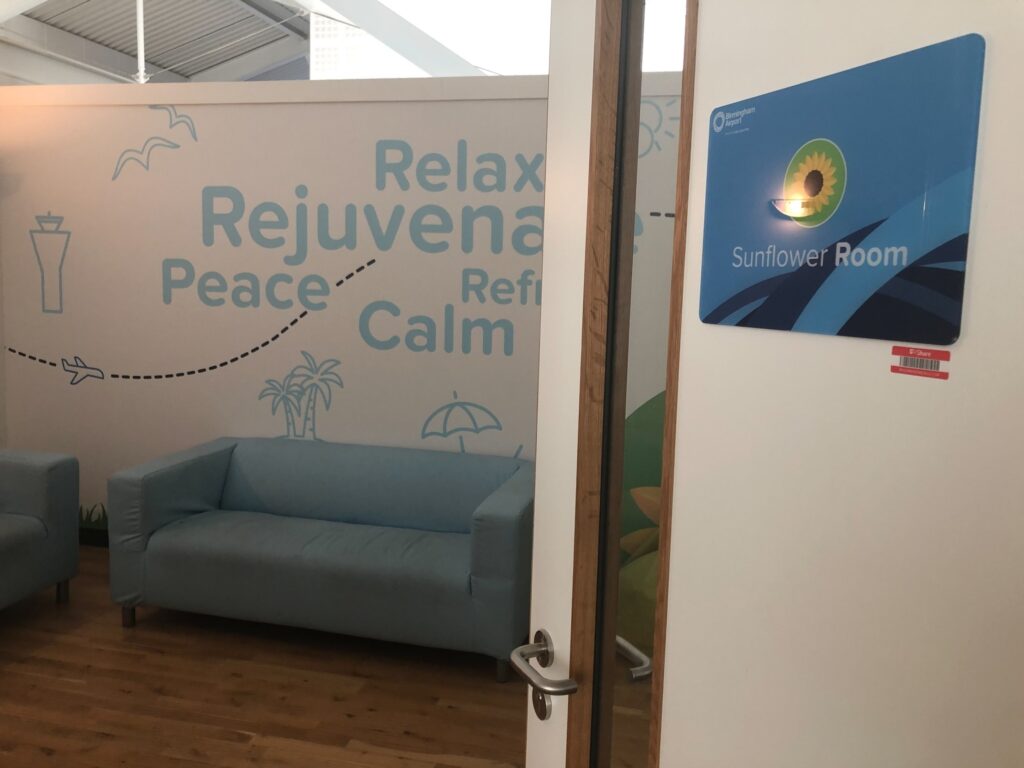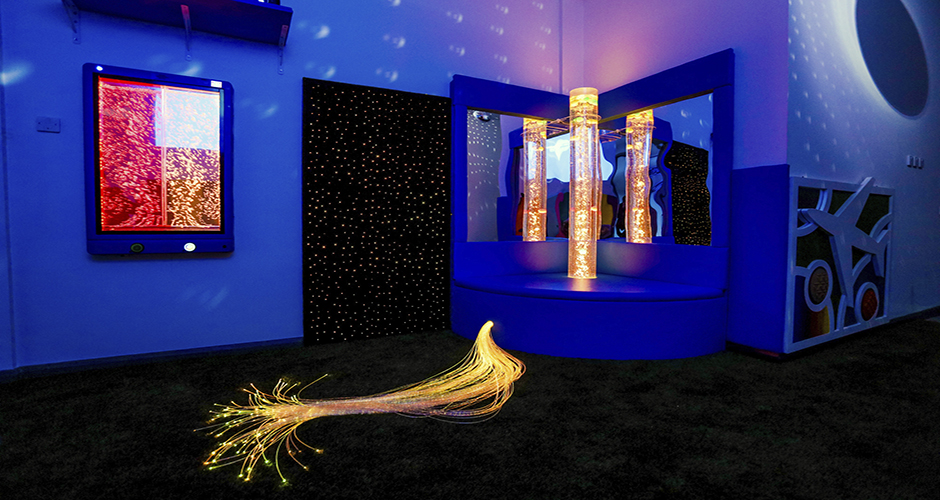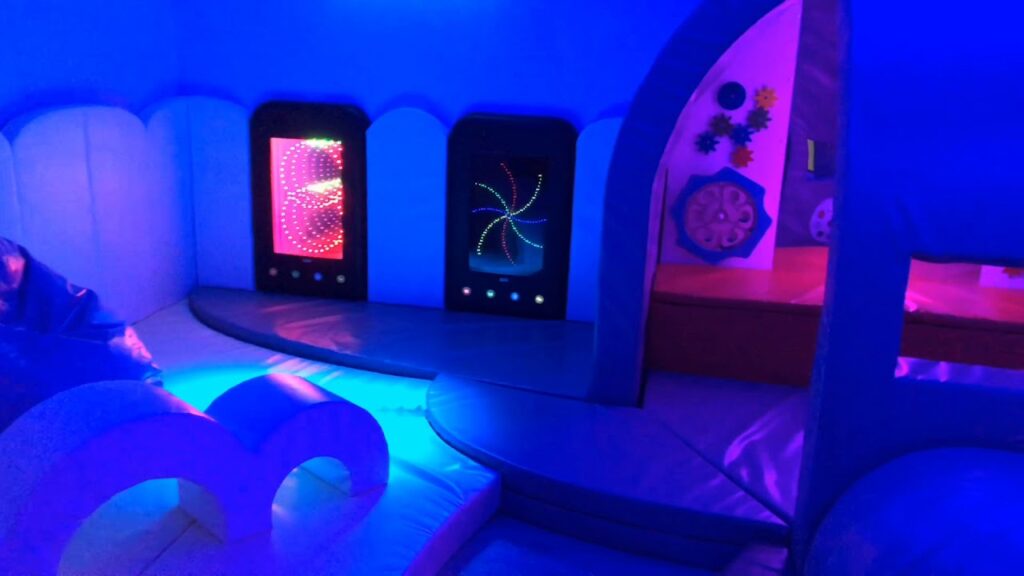Soothing Skies: The Rise of Sensory Rooms in Airports
What’s inside this article: A look at sensory rooms in airports and how they’re helping make travel more inclusive and sensory-friendly. Includes several airports around the world that are leading the way by taking sensory-friendly initiatives and offering sensory rooms within their terminals.
Airports, with their constant buzz of activity, can be overwhelming for even the most seasoned traveler. For kids with sensory sensitivities, such as those with autism, and ADHD, or other neurological conditions, this environment can be particularly challenging.
Recognizing this, many airports worldwide have introduced sensory rooms to become more inclusive and sensory-friendly.
What Is A Sensory Room?
A sensory room, sometimes called a multisensory environment, is specifically designed to provide an enjoyable or calming multisensory experience for children.
Sensory rooms are adaptable spaces tailored to the specific needs of the individual, providing therapeutic benefits and promoting overall well-being.
These rooms have features that can both soothe and stimulate the senses, including soft lighting, tactile walls, comfortable seating, and calming visuals and sounds. The idea is to create a refuge from the sensory overload that airports often trigger.
Leading Airports with Sensory Rooms
Some airports are staying a step ahead of the game and have made commendable efforts to become more inclusive and sensory-friendly.
Let’s take a look at some airport sensory rooms around the world.
Birmingham Airport (UK)
Recognized as one of the first airports globally to introduce a sensory room, Birmingham Airport’s facility is designed for passengers with a variety of conditions.
They have two rooms designed for children, called the ‘Sky Zone’. These airport play zones are designed for 3-10 year olds, and feature Sky Cadet ‘Zoom’, the Airport’s mascot. They are free to use and are located at Gates 3 and 54, serving both departure lounges in the terminal.

They also have a calmer area called the ‘Sunflower Room’. This is an open-access space for customers to use if the airport environment has become overwhelming.
The room contains two 3-seater sofas, a bean bag and a small selection of books to use. This room is next to Gate 47, a short distance from the main departure lounge and the Sky Zone
play area.

Seattle-Tacoma International Airport (USA)
SEA also introduced a sensory room for their neurodiverse passengers. They describe it as a calming environment for those who may feel overwhelmed, or overstimulated, while traveling.
Their sensory room features:
- Seated bench area
- Orange Squeeze Chair
- Rocking Chair
- Dimmable lighting available
- Shoe and luggage storage
- Starry night ceiling
- Wool rock pillows to touch and interact with
- Acoustic Panels
Dublin Airport
Dublin Airport has a purpose-built sensory room, aimed at helping to calm passengers who might feel overwhelmed in busy and unfamiliar airport surroundings. Depending on the passenger’s requirements, users will have the option to transform it from a calming and relaxing environment to a stimulating interactive space full of light and sound.

The new space is located after security screening and just before the 400 gates, and is designed specifically for people with autism, dementia, cognitive impairment or other special needs.
The room is free to passengers departing from the airport, with 60-minute sessions available through a booking system.
Gatwick Airport (UK)
Gatwick Airport’s sensory room is another prime example of an inclusive space.
There are two zones in their Sensory Room. A ‘chill-out zone’ for those needing calm includes floor cushions, bean bags and digital display panels, which generate colorful visuals. A separate ‘interactive zone’ stimulates the senses through tactile panels, textures and games to improve memory, learning and general motor skills.

Other Sensory-Friendly Initiatives
While sensory rooms are at the forefront, there are other measures airports are adopting:
- Quiet Hours: Some airports designate specific hours to minimize announcements and dim the lighting to provide a more calming environment.
- Sensory Paths: These are tactile paths or visual guides that help individuals navigate the airport in a more structured manner.
- Training Staff: More airports are training their staff to recognize and assist passengers with sensory sensitivities, ensuring a more understanding and accommodating travel experience.
Sensory Room Design Options
There’s a lot to consider when creating a sensory room. Parents and teachers can find a variety of sensory room ideas here.
For larger public spaces, like airports, hospitals, and universities, companies such as Fun and Function offer sensory room packages and complete sensory room design.


